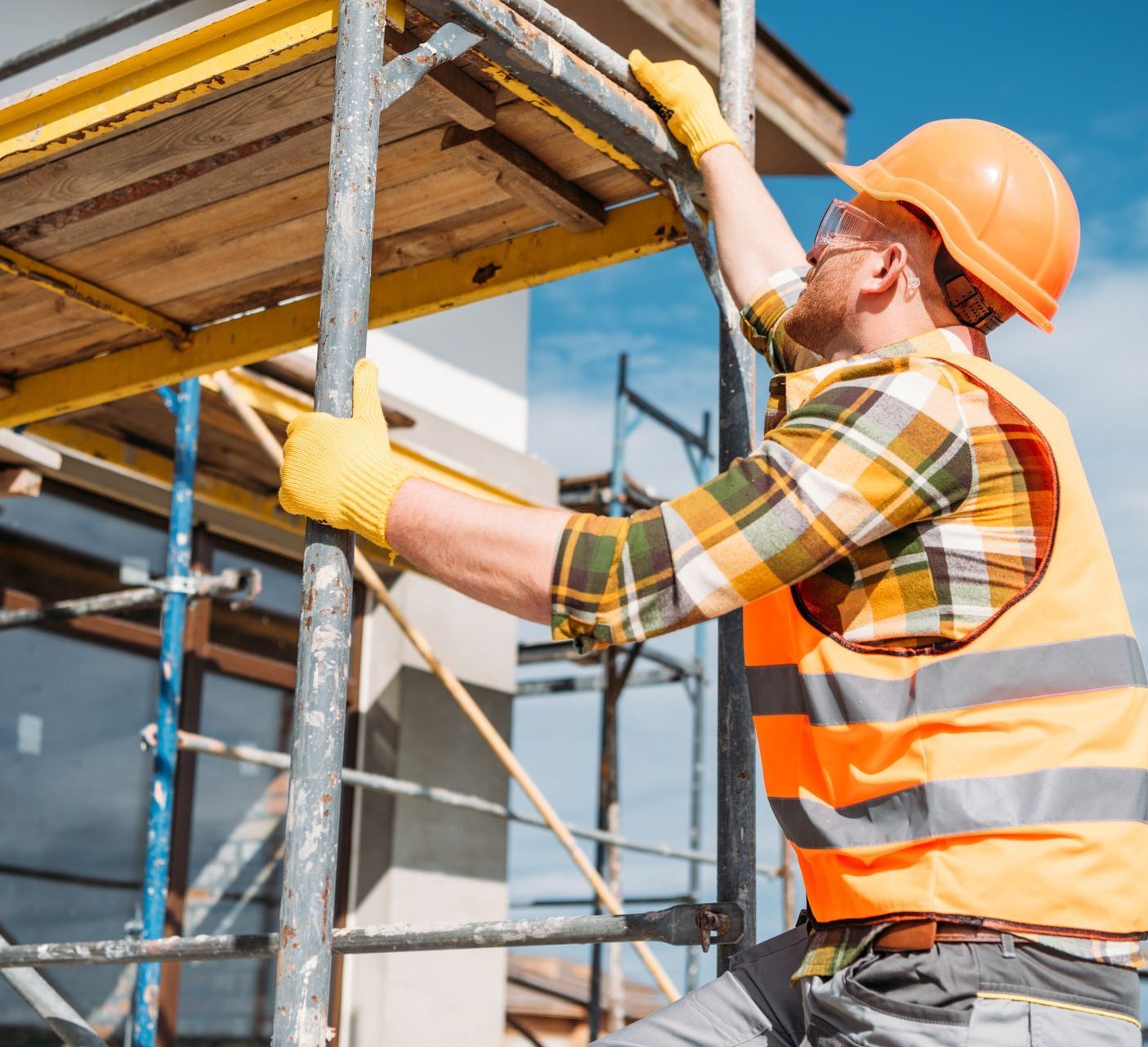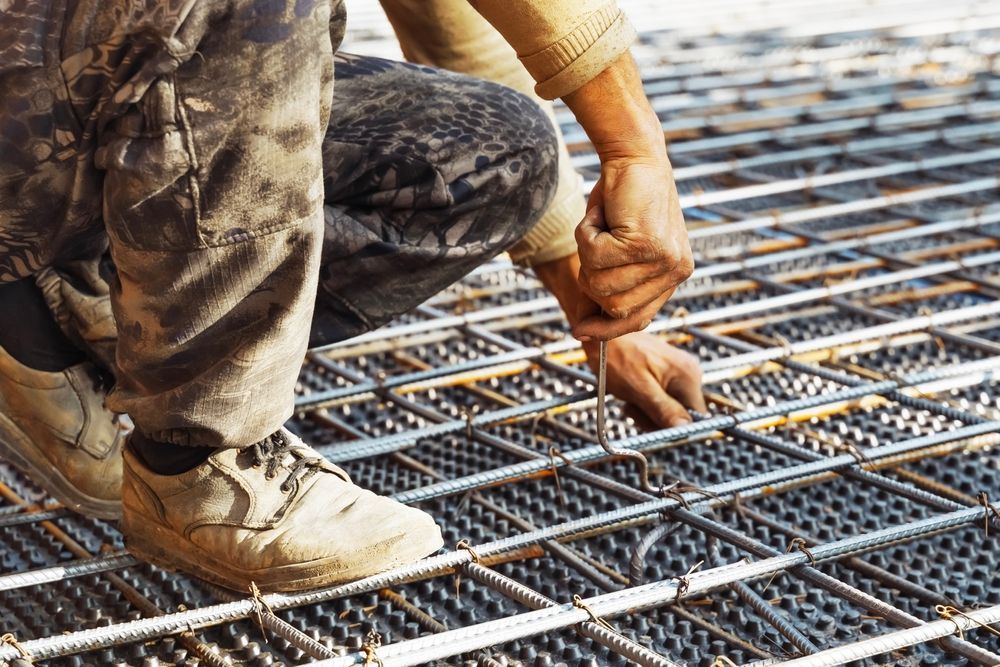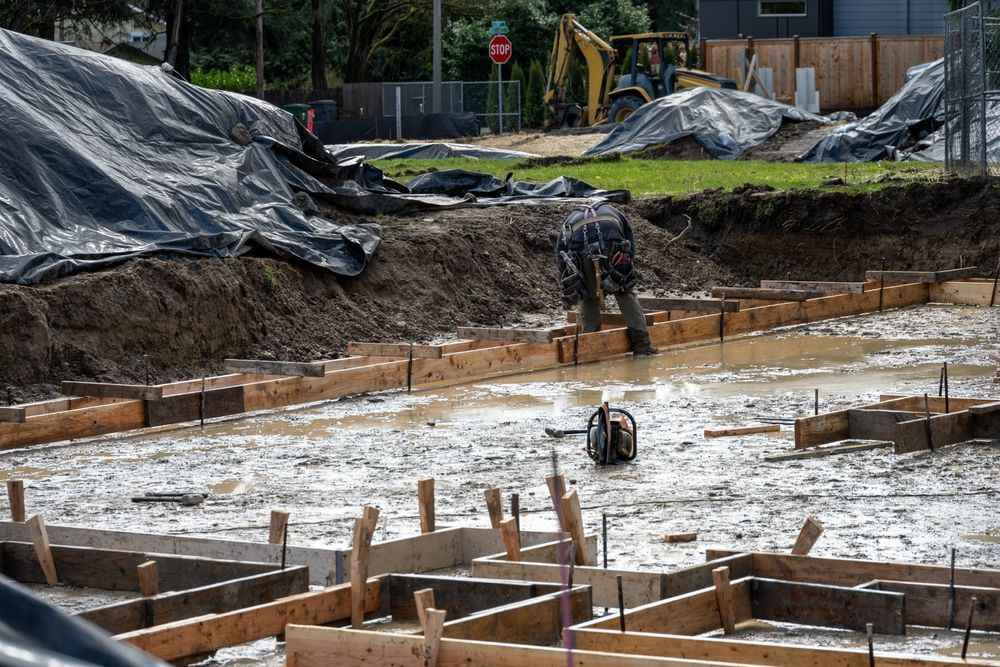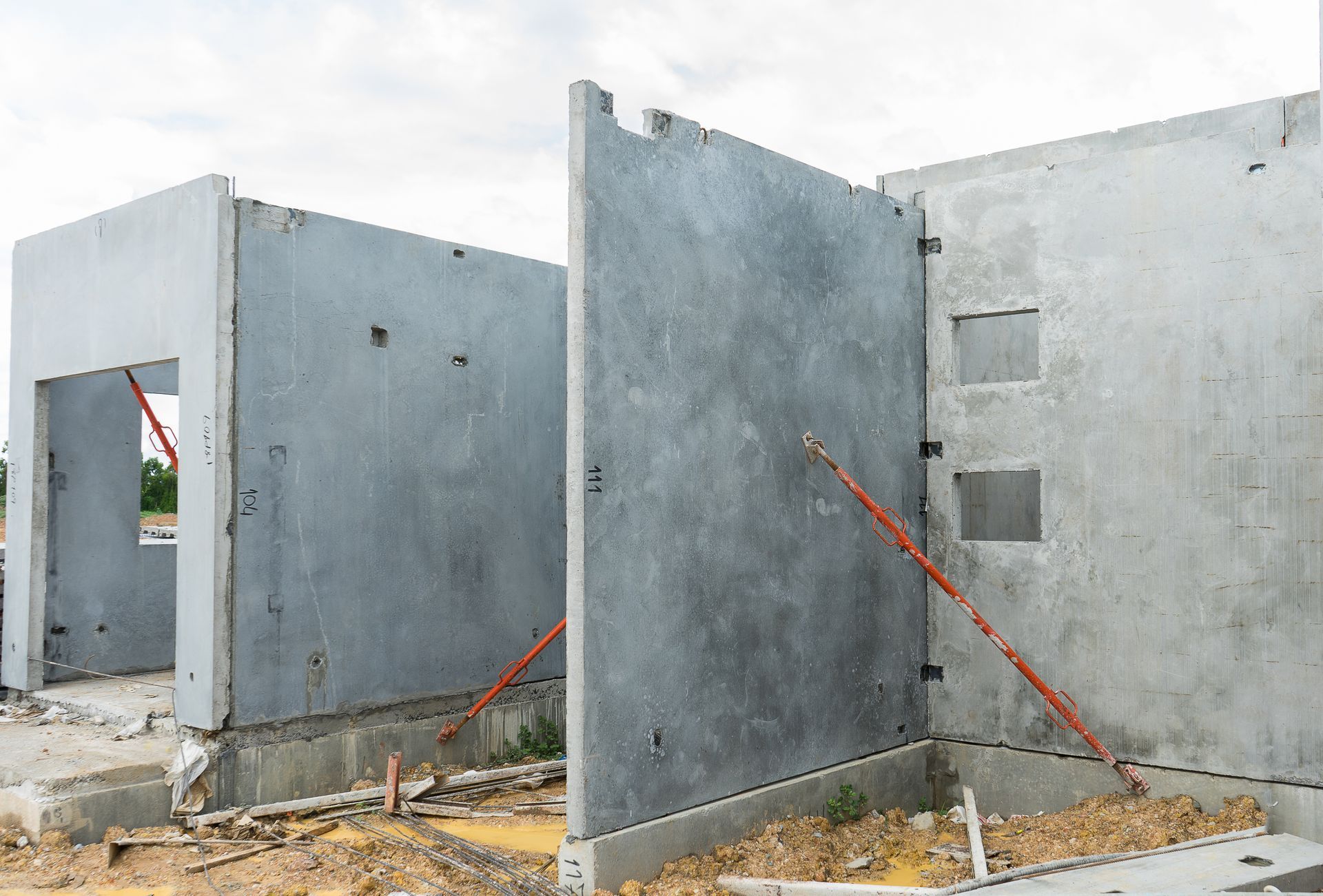Scaffolding Safety for Construction Sites

Is your construction company in need of scaffolding? Will you be renting scaffolding for an upcoming construction project? If so, it's important to know the tenants of scaffolding safety and to follow those rules. Following best practices around scaffolding can help keep your workers safe.
Scaffolding Safety Training
Any time you're hiring workers to work with a large piece of equipment, it's important to provide them with proper safety training. Hopefully, you already hold daily safety meetings with your workers. Include scaffolding training in those meetings.
Scaffolding safety training should include basic operation of the scaffolding, how to tell when there's a problem, and some basic information about what not to do with the scaffolding. Training your workers to be safe with any type of equipment can stop accidents and save lives.
Scaffolding Safety Dos
- Use Proper Safety Equipment
A scaffolding's height makes it important to wear proper safety gear during operation. Basic examples of safety gear that your workers should wear include hard hats, non-slip footgear, and fall arrest equipment. As you're training workers, show them how to wear it and use it to ensure your workers are safe.
- Assemble Properly
Follow all instructions provided by the manufacturer when assembling (and disassembling) scaffolding. Build your scaffolding on level ground. Have one person on the premises during the construction. If you are renting from a rental equipment company, they may perform assembly for you. Find out at the time of rental if this is a service they will provide.
- Stay Up to Date with Regulation
Scaffolding use is regulated, and regulations can vary from one location to another. Stay in compliance by staying up to date with the various regulations, including all OSHA regulations and local regulations. Know the scaffolding laws where you're working, so you can avoid breaking the law and causing an accident.
- Inspect the Scaffolding
Scaffolding is subject to wear and tear like anything else. Inspect your scaffolding before each use. Look for cracks, improper assembly, damage, or rust and corrosion. Be sure that the parts all match properly.
- Don't Overload the Scaffolding
Scaffolding has a load limit, so when you're assigning workers and equipment, it's vitally important not to overload the scaffolding. Know and respect the load limits to ensure that your scaffolding stays up.
- Give Heavy Vehicles Proper Clearance
Know how much clearance heavy vehicles are required to give your scaffolding, and provide that clearance. Set up barriers between heavy equipment and your scaffolding.
- Maintain Your Scaffolding Properly
Know how to maintain your scaffolding. Store it properly when it is disassembled. Keep your scaffolding in a dry location where it is not subjected to damage or wear.
If you rent your scaffolding, rent from a company that maintains its equipment and has a reputation as a good construction equipment rental company.
- Know the Weather Predictions
Maintain safe working conditions. Never work in harsh weather. When high winds or a storm are predicted, do not work on the scaffolding that day. If the weather changes and becomes hazardous while on the scaffolding, get off the scaffolding as soon as possible.
- Know Proper Climbing Technique
Ensure that everyone who uses the scaffolding uses proper climbing techniques when they're using the scaffolding. This means maintaining at least three points of contact with the scaffolding at all times. Some parts of the scaffolding may not be intended for use during climbing, such as the cross braces. Only use the parts of the scaffolding that were intended to be used while climbing.
- Keep the Platform Clean
Keep your scaffolding platform clean and clear of debris. Never leave scraps or garbage on your platform. Remove any tools or equipment from the platform every night.
Scaffolding Safety Don'ts
These safety don'ts will help you take care of your scaffolding and avoid injuries:
- Never work on an unstable platform.
- Never stand on the guardrails or on parts of the scaffolding that were not intended to be stood upon.
- Never put too much weight on your scaffolding.
- Never leave equipment on the scaffolding when your shift is over.
- Never use the scaffolding if it is damaged or has been improperly assembled.
- Never walk on the scaffolding when it's covered in ice, sleet, or snow.
- Never throw anything overboard.
- Never jump onto the scaffolding or jump from the scaffolding.

Scaffolding tags can help you protect workers by identifying whether scaffolding is safe to use. Find a competent person to inspect and tag your scaffolding. OSHA defines a competent person as "one who is capable of identifying existing and predictable hazards in the surroundings or working conditions, which are unsanitary, hazardous to employees, and who has the authorization to take prompt corrective measures to eliminate them."
This is what the tags on scaffolding mean:
- Green. Green scaffolding tags mean that the scaffolding has been inspected and has been deemed safe to use.
- Yellow. Yellow scaffolding tags indicate that the scaffolding has been inspected but it has been modified to meet existing work requirements and thus could present a hazard.
- Red. Red scaffolding tags are an indication that the scaffolding is not safe for use. These tags may be used when the scaffolding is in the process of being put together or taken down, but may also be used if the scaffolding is damaged or has been in some way tampered with and is deemed not safe.
Train your workers to look for the tags and respect their designations. Using tags properly can help prevent accidents and ensure proper use of the scaffolding. Ultimately, using tags can help prevent accidents.
Rent Scaffolding from Bracing Systems
Scaffolding safety starts with using reliable equipment that has been well-maintained. Bracing Systems only rents
well-maintained construction equipment to Chicagoland area construction businesses. We're committed to ensuring that your construction business has access to proper construction equipment. For
scaffolding rental that you can count on, contact us.



